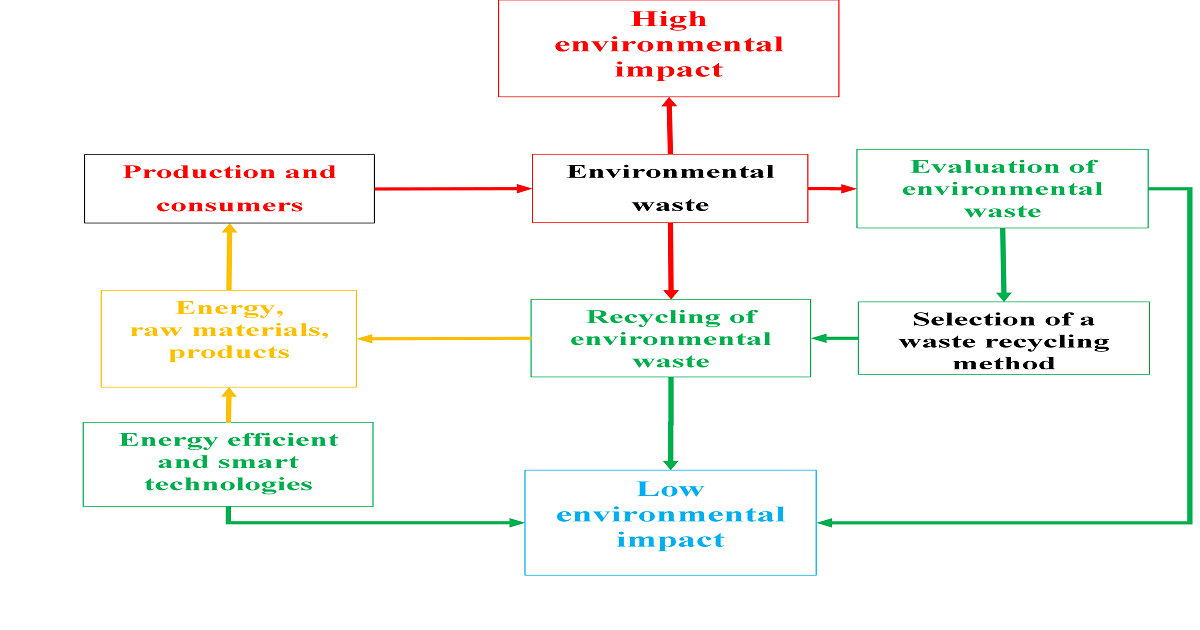- 2.8Impact Factor
- 5.5CiteScore
- 16 daysTime to First Decision
Recycling and Evaluation of Environmental Waste
This special issue belongs to the section “Environmental and Green Processes“.
Special Issue Information
Dear Colleagues,
In recent years, climate change and the energy production system have become global issues, and the international community is increasingly calling for action. According to the latest estimates, global energy demand will grow by 35% between now and 2035. The energy crisis has become a major problem due to population growth, high living standards and industrialization. In addition, a large proportion of the energy production still depends on fossil fuels such as coal, oil and natural gas. However, the overuse of fossil fuels is a major cause of the depletion of and rising prices for these fuels. In addition, negative environmental and climate impacts are associated with emissions such as carbon dioxide, nitrogen oxides, sulfur dioxide, particulate matter, smoke and unburned hydrocarbons. Also, population growth, a high standard of living and industrialization have increased the volume of production and consumption waste, negatively affecting the environment due to water and soil pollution in cases of improper processing.
Thus, the search for ways to secure a low anthropogenic load on the environment is endless. Considering the current developments, it will be necessary to adopt intelligent control and emission estimation methods, as well as energy-efficient equipment for energy conversion and waste disposal as technical solutions.
This Special Issue, entitled “Recycling and Evaluation of Environmental Waste”, invites the submission high-quality papers from academics and industry-related researchers on the latest advances in the modeling, simulation, optimization, control and application of all types of components and systems aimed at reducing environmental emissions and qualitatively quantifying and recycling existing and produced environmental waste.
Dr. Andrey A. Kovalev
Dr. Vivekanand Vivekanand
Dr. Yuriy Litti
Guest Editors
Manuscript Submission Information
Manuscripts should be submitted online at www.mdpi.com by registering and logging in to this website. Once you are registered, click here to go to the submission form. Manuscripts can be submitted until the deadline. All submissions that pass pre-check are peer-reviewed. Accepted papers will be published continuously in the journal (as soon as accepted) and will be listed together on the special issue website. Research articles, review articles as well as short communications are invited. For planned papers, a title and short abstract (about 250 words) can be sent to the Editorial Office for assessment.
Submitted manuscripts should not have been published previously, nor be under consideration for publication elsewhere (except conference proceedings papers). All manuscripts are thoroughly refereed through a single-blind peer-review process. A guide for authors and other relevant information for submission of manuscripts is available on the Instructions for Authors page. Processes is an international peer-reviewed open access monthly journal published by MDPI.
Please visit the Instructions for Authors page before submitting a manuscript. The Article Processing Charge (APC) for publication in this open access journal is 2400 CHF (Swiss Francs). Submitted papers should be well formatted and use good English. Authors may use MDPI's English editing service prior to publication or during author revisions.
Keywords
- environmental waste
- energy systems
- energy efficiency
- energy saving technologies
- emission estimation systems
- renewable energy sources
- waste to hydrogen
- green information systems
- environmental issues
- waste to energy
- waste to product
- anaerobic digestion

Benefits of Publishing in a Special Issue
- Ease of navigation: Grouping papers by topic helps scholars navigate broad scope journals more efficiently.
- Greater discoverability: Special Issues support the reach and impact of scientific research. Articles in Special Issues are more discoverable and cited more frequently.
- Expansion of research network: Special Issues facilitate connections among authors, fostering scientific collaborations.
- External promotion: Articles in Special Issues are often promoted through the journal's social media, increasing their visibility.
- e-Book format: Special Issues with more than 10 articles can be published as dedicated e-books, ensuring wide and rapid dissemination.

